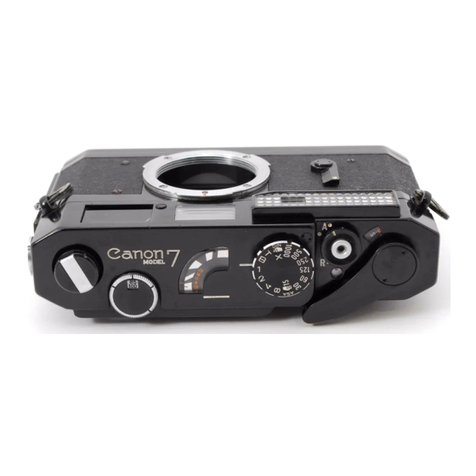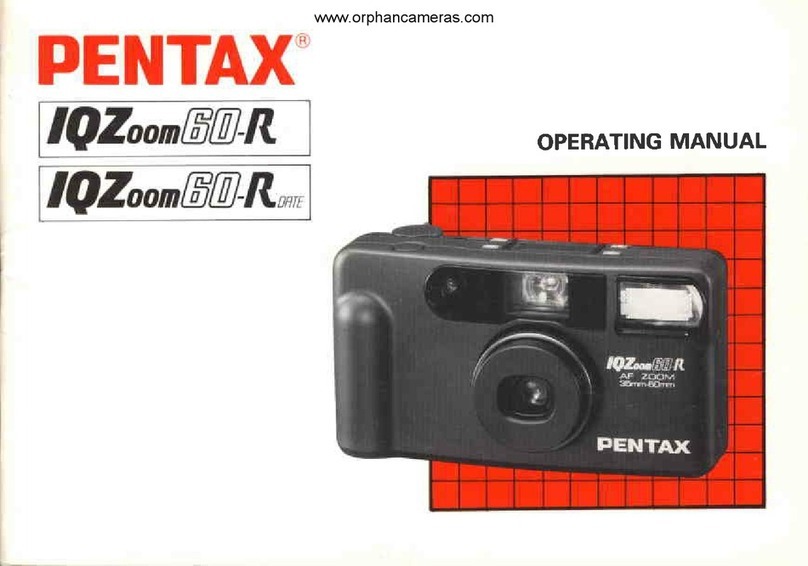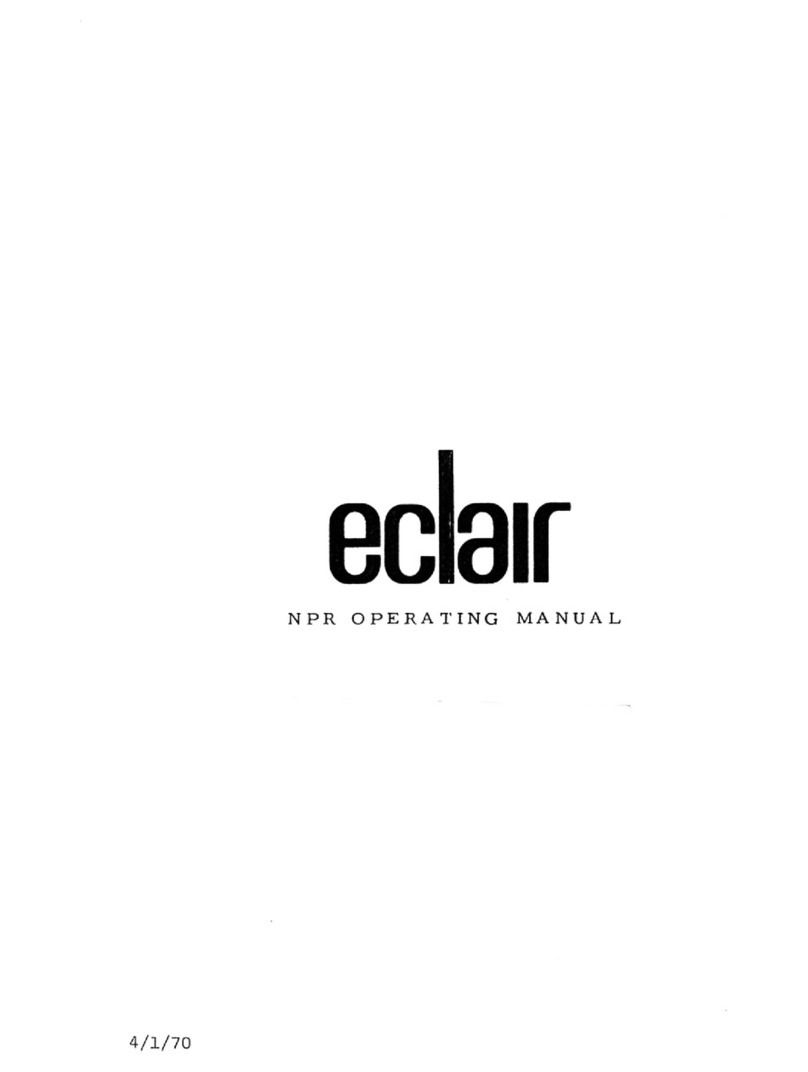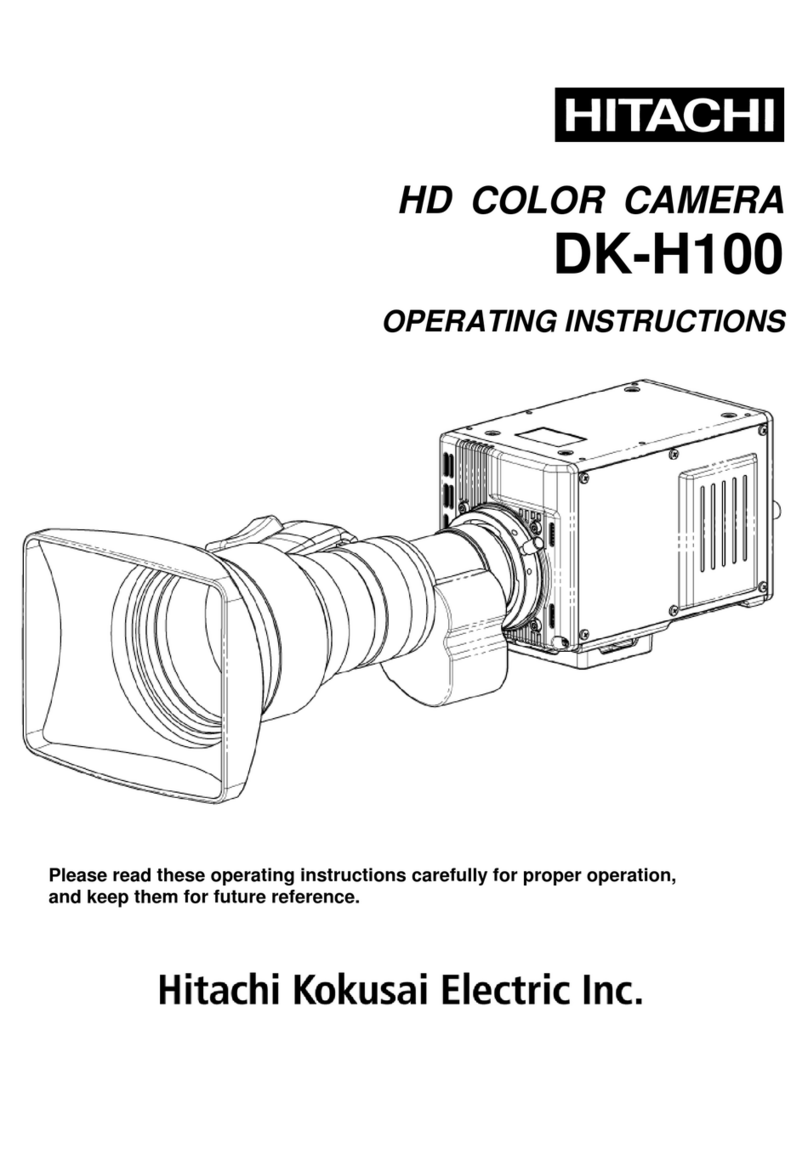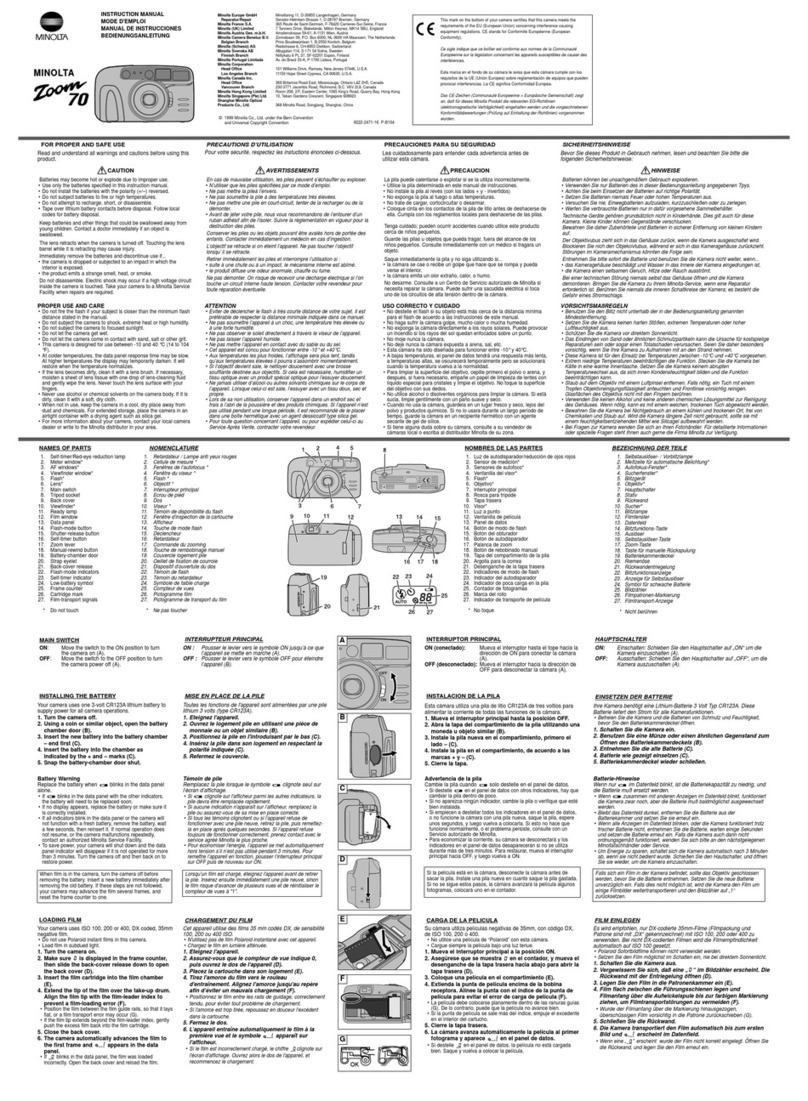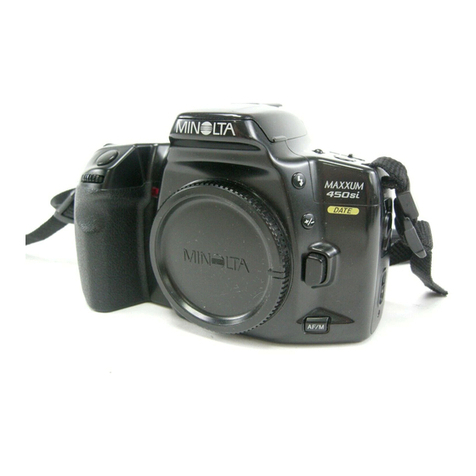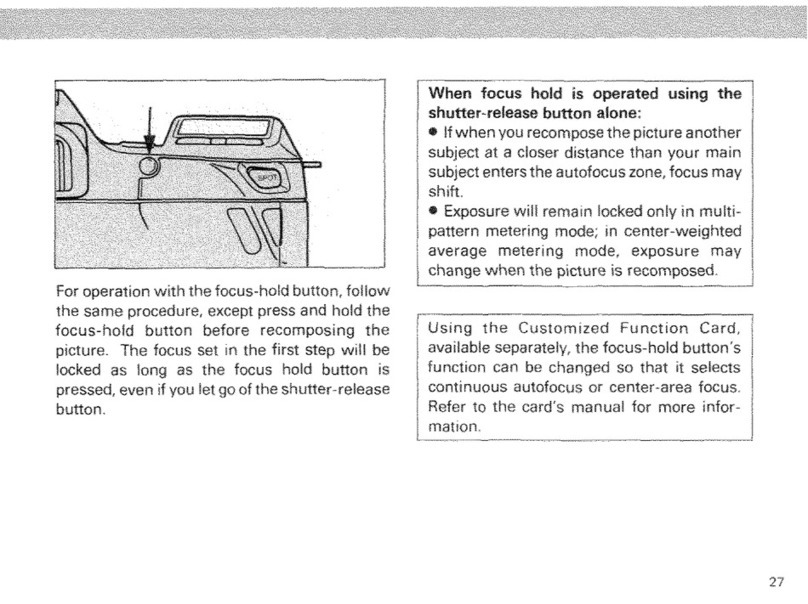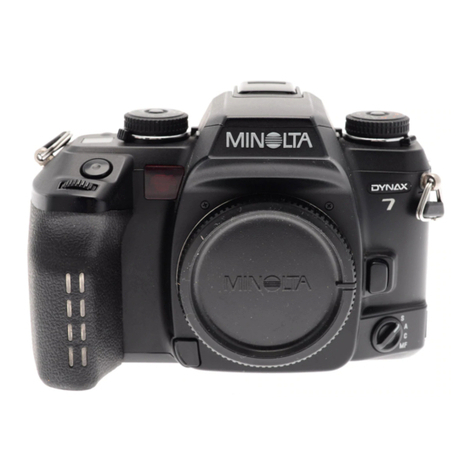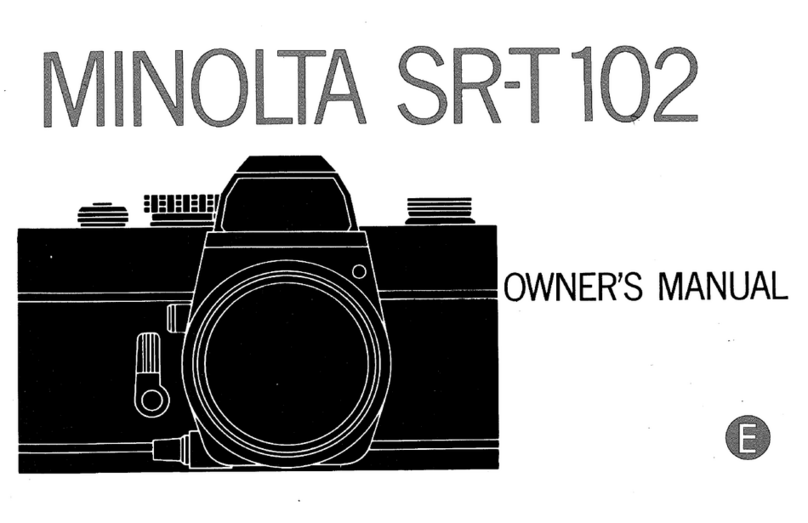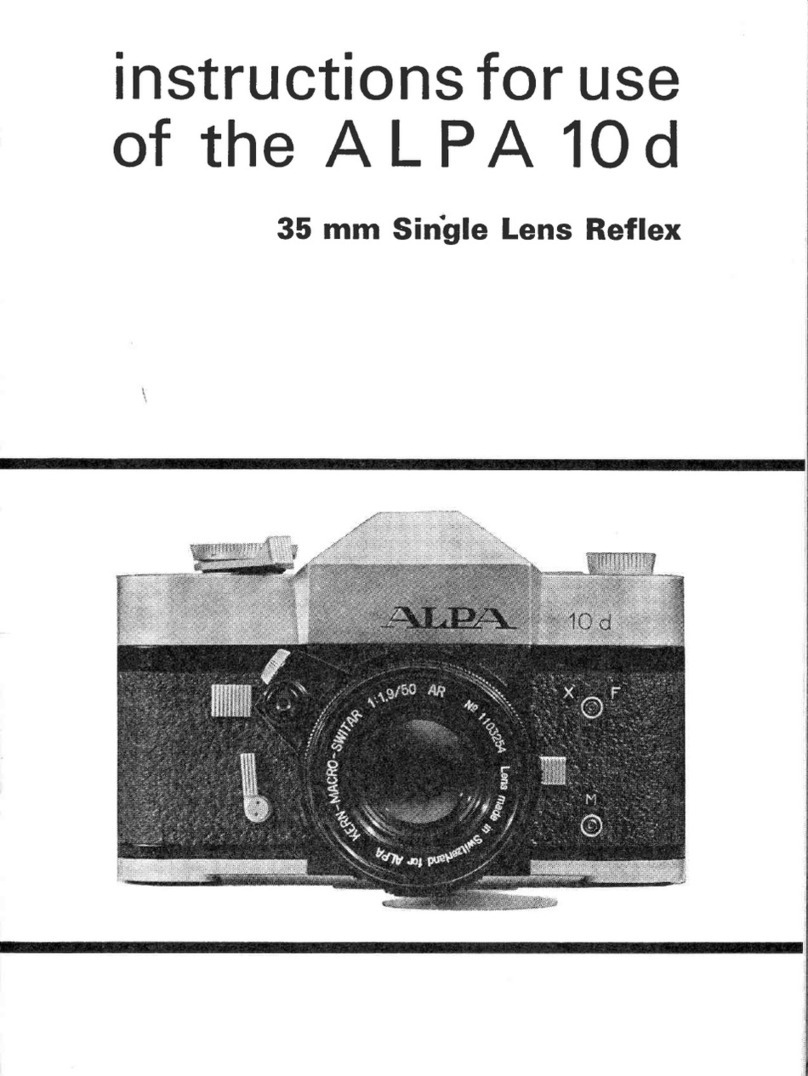Canon Canonet Electric Eye User manual
Other Canon Film Camera manuals

Canon
Canon Sure shot Z70W User manual

Canon
Canon L1 User manual

Canon
Canon EOS 100 User manual
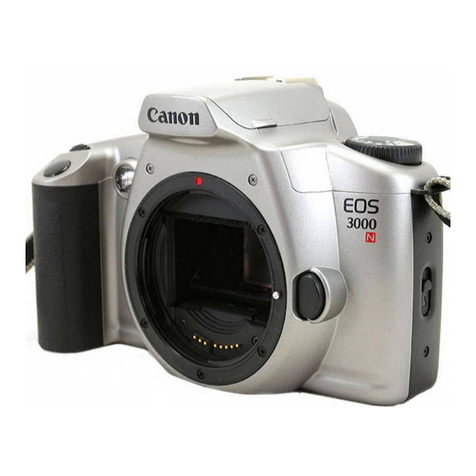
Canon
Canon 8675A001 - EOS Rebel GII SLR Camera User manual

Canon
Canon AV-1 User manual

Canon
Canon Sure Shot Z115 User manual
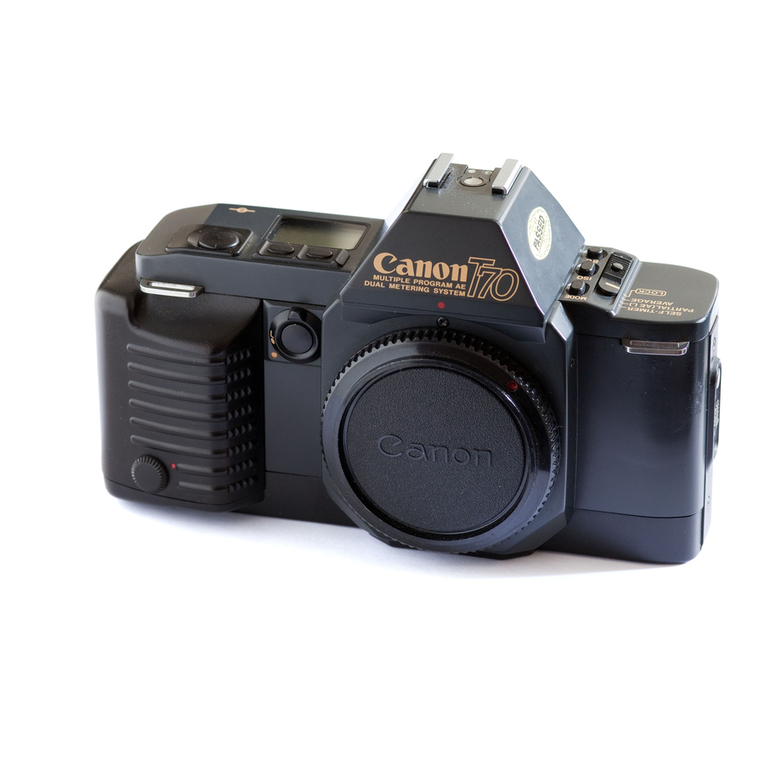
Canon
Canon T 70 User manual

Canon
Canon C200B User manual
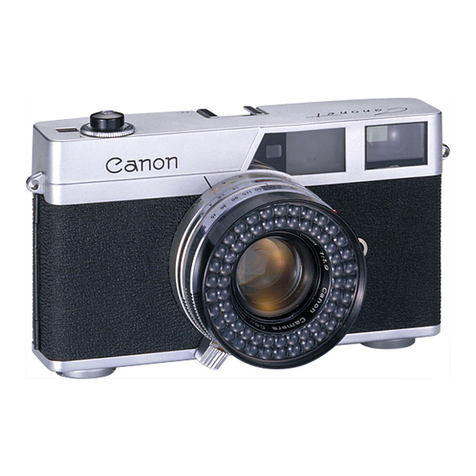
Canon
Canon Canonet 1 User manual
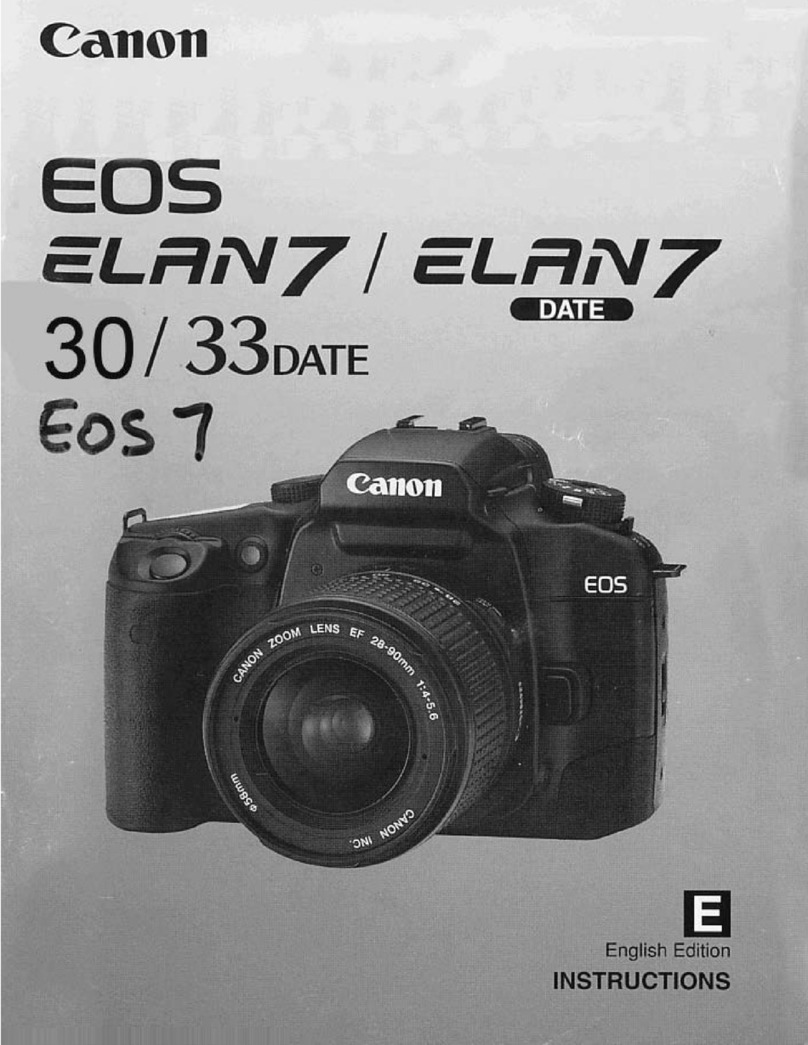
Canon
Canon EOS ELAN 7 User manual
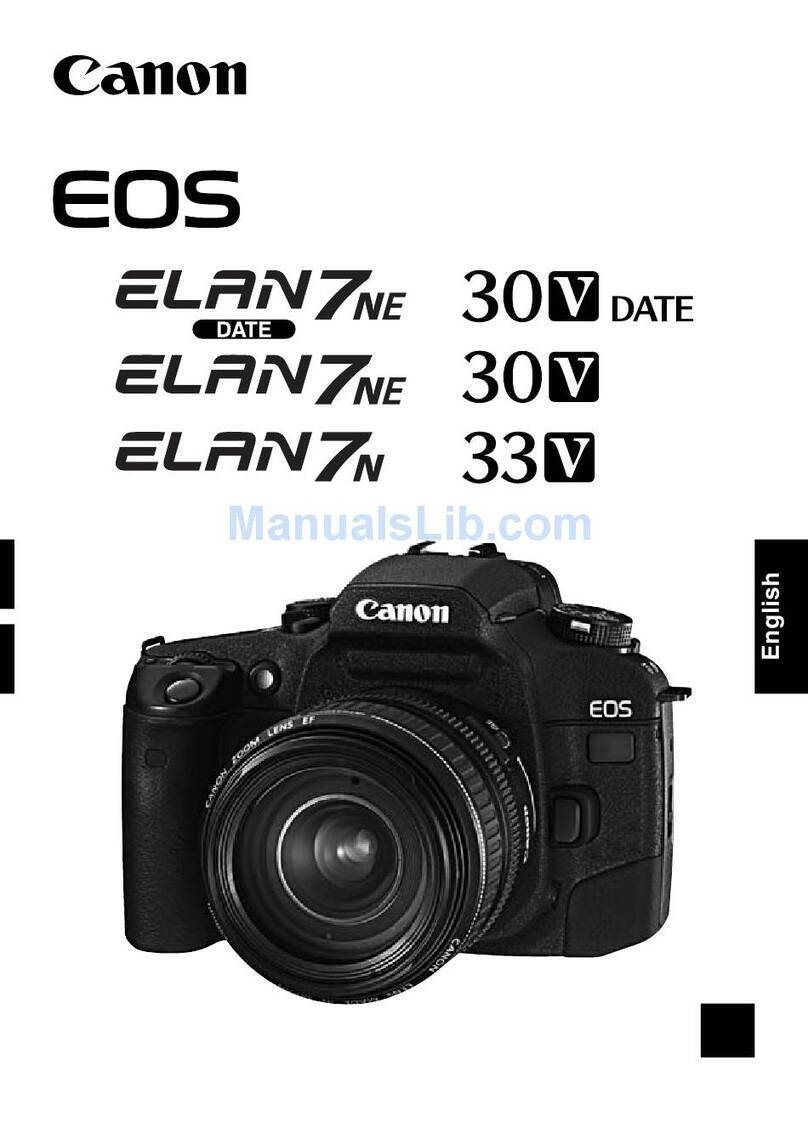
Canon
Canon EOS ELAN 7NE Date User manual
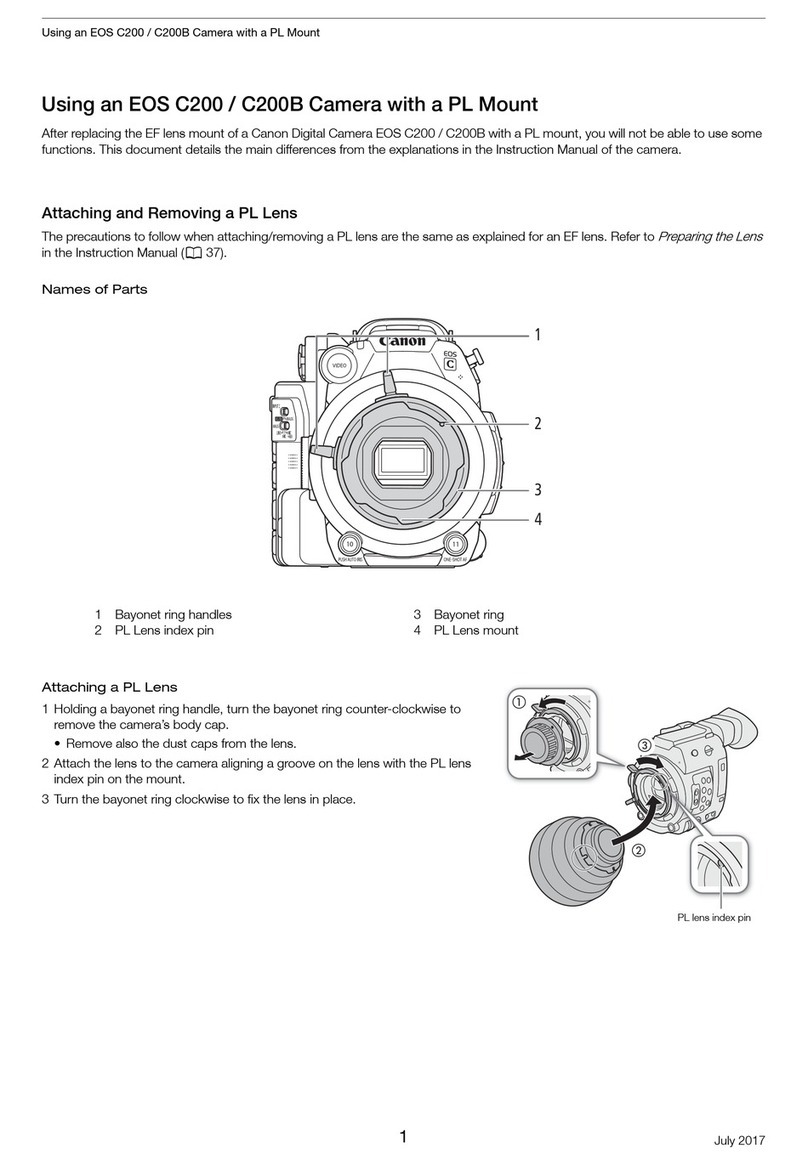
Canon
Canon EOS C200 User manual

Canon
Canon Sure Shot Supreme User manual

Canon
Canon EOS Rebel G User manual
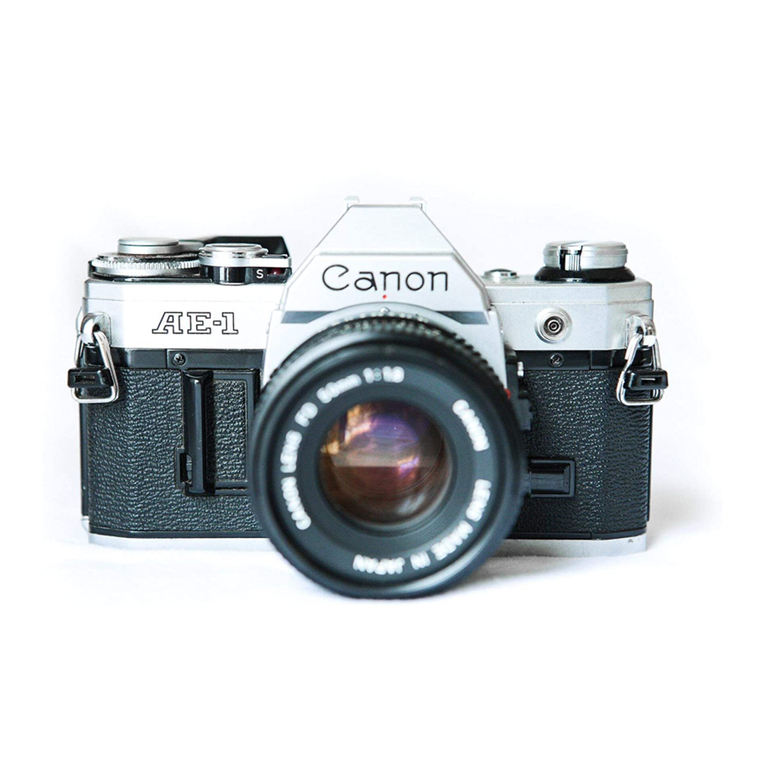
Canon
Canon AE-1 User manual
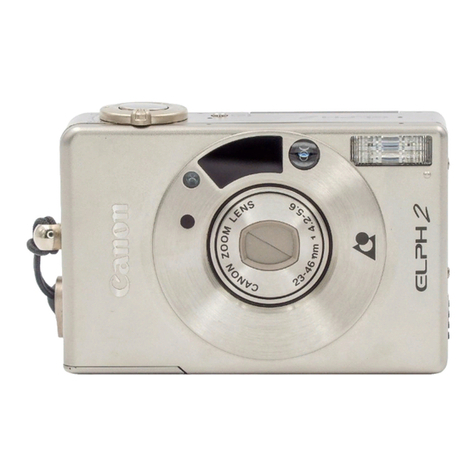
Canon
Canon ELPH 2 IXUS II User manual

Canon
Canon T90 User manual
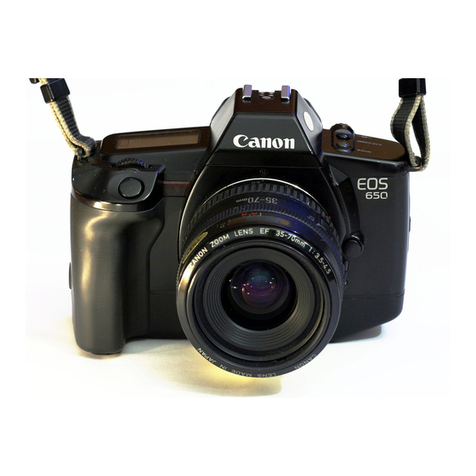
Canon
Canon EOS 650 User manual

Canon
Canon A-1 User manual

Canon
Canon ELPH LT 260 User manual
